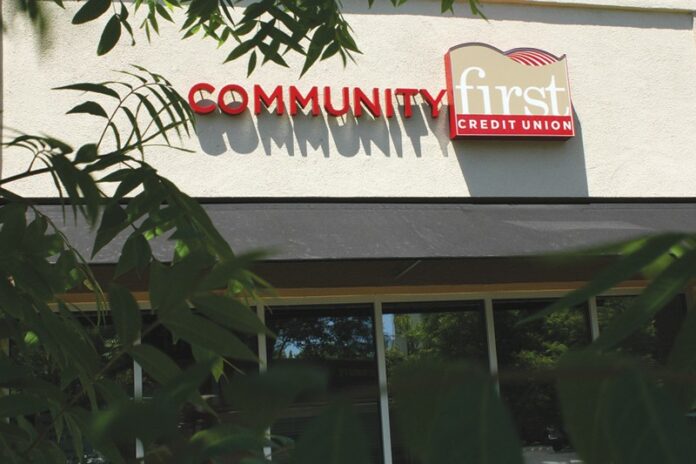With a price tag of $6 billion, the Bay Bridge retrofit is one of most expensive engineering projects in California’s history. And in the end, taxpayers will pay nearly double that cost—an amount that won’t be paid off until at least 2049—with a huge chunk of interest paid to the banks funding the project.
If a state-owned bank had backed the project, say proponents of a growing public bank movement, the interest could have gone back into public coffers, benefiting California taxpayers rather than bank shareholders.
“We’ve given a free pass to Wall Street,” says Marc Armstrong, executive director of the Public Banking Institute. “We’re paying them millions in interest. We’ve never held that piece under the microscope, and it’s about time that we did. If we funded the Bay Bridge retrofit ourselves, the net cost would be zero because we’d be paying interest to ourselves.”
Unlike privately owned banks like Bank of America, a publicly owned bank is ostensibly run for the people of any sized government—county, state, national—or community able to meet the requirements for setting up a bank. Currently, private banks are the only entities large enough to handle the huge amount of funds generated by cities, counties and states. But what if tax revenues were placed in a public bank, one run by salaried public employees with a transparent pay structure? What if these tax revenues then became a source of credit to be lent out to the community for things like infrastructure or student loans?
This story of lost potential was just one of the items discussed at the second annual Public Banking Conference, held June 2–4 at Dominican University in San Rafael. Over 300 people attended the conference to learn about banking with public—and not private—interests as the priority.
High-profile supporters like Matt Taibbi have come out in support of the idea. Taibbi, the Rolling Stone investigative journalist who famously described Goldman-Sachs as a “great vampire squid wrapped around the face of humanity, relentlessly jamming its blood funnel into anything that smells like money,” spoke at the conference’s “Funding the New Economy” conversation on opening night. Taibbi has made a career of calling out the malfeasance and misdemeanors of too-big-to-fail banks, and “corruption at the molecular level of the economy.”
Armstrong and his cohort have been working to educate the world on public banking since 2009, after getting their sea legs at an Economics of Peace conference at the Praxis Institute in Sonoma. They were inspired by Ellen Brown, author of Web of Debt: The Shocking Truth About Our Money System and How We Can Break Free. President of the Public Banking Institute and a featured speaker at the conference, Brown has argued that banking should be a public utility, and money a public asset, protected from the “parasitic pyramid scheme” of loans and interest perpetrated by private banks.
The movement has a precedent. Formed in 1919, the Bank of North Dakota is the nation’s only state-owned bank. In 2008, as other state legislatures contended with huge revenue shortfalls, the state of North Dakota came out on top, with low foreclosure rates and a large surplus.
The history of the Bank of North Dakota is detailed in an April 2013 American Prospect article, in which writer Abby Rapoport describes how the bank was founded over 90 years ago when populist farmers grew tired of being exploited by the big banks. With a deposit base of $5 billion, which comes from state taxes and funds, the bank partners with community banks and credit unions to provide loans to farmers, students and others, who then pay interest that goes back into the public coffers, to be used to fund more lines of credit.
Called “Bolshevik” and “socialist” by detractors at the beginning, the bank now has supporters among the state’s most conservative, who’ve seen the economic benefits of keeping capital in-house.
In the end, Armstrong says, big banks are looking for short-term profits, rather than what might work for the good of individual communities, and that’s why public banks deserve a second look.
“The Wall Street banks are redirecting a lot of the money that we’re putting in as deposits to other countries,” Armstrong explains. “They’re buying bonds in Brazil or funding Chinese manufacturers. That credit is not being used for the good of the people that pay the taxes that are deposited into the bank in the first place.”











